"Interviews with My Lai Veterans" (1970) Reel America Preview" Youtube / Reel America / Joseph Strick
Rights Breached, Responsibilities Neglected: How the My Lai Massacre Exposed the Ethical Issues of the Vietnam War

“Helicopters at LZ Dottie, 16 March 1968” The Peers Commission / John Henry Smail
Lead Up
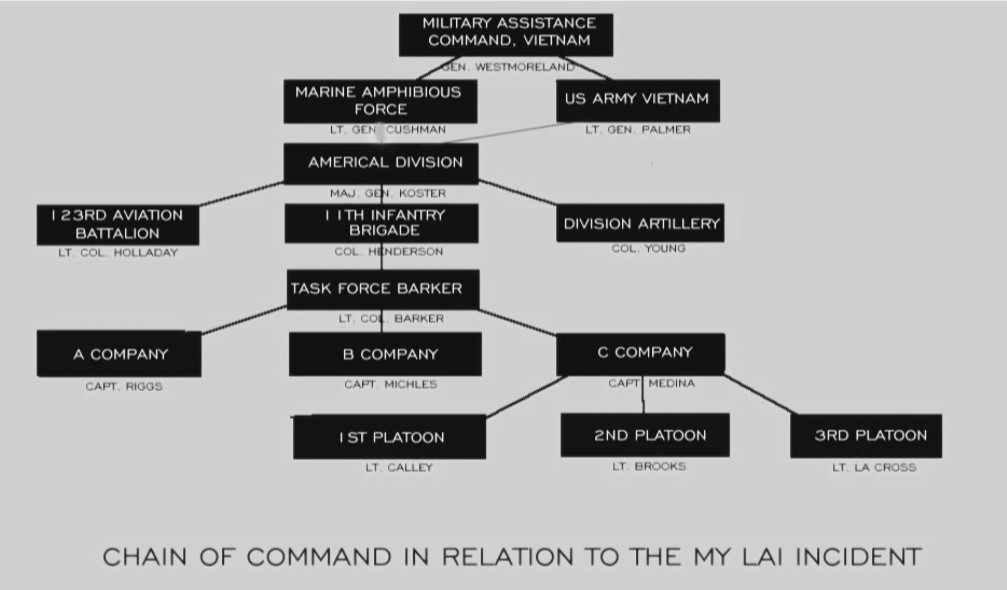
“Chain of Command Diagram in Relation to the My Lai Incident” UMKC School of Law
Charlie Company
Within Task Force Barker, Charlie Company was one of three companies in the 11th Infantry Brigade.
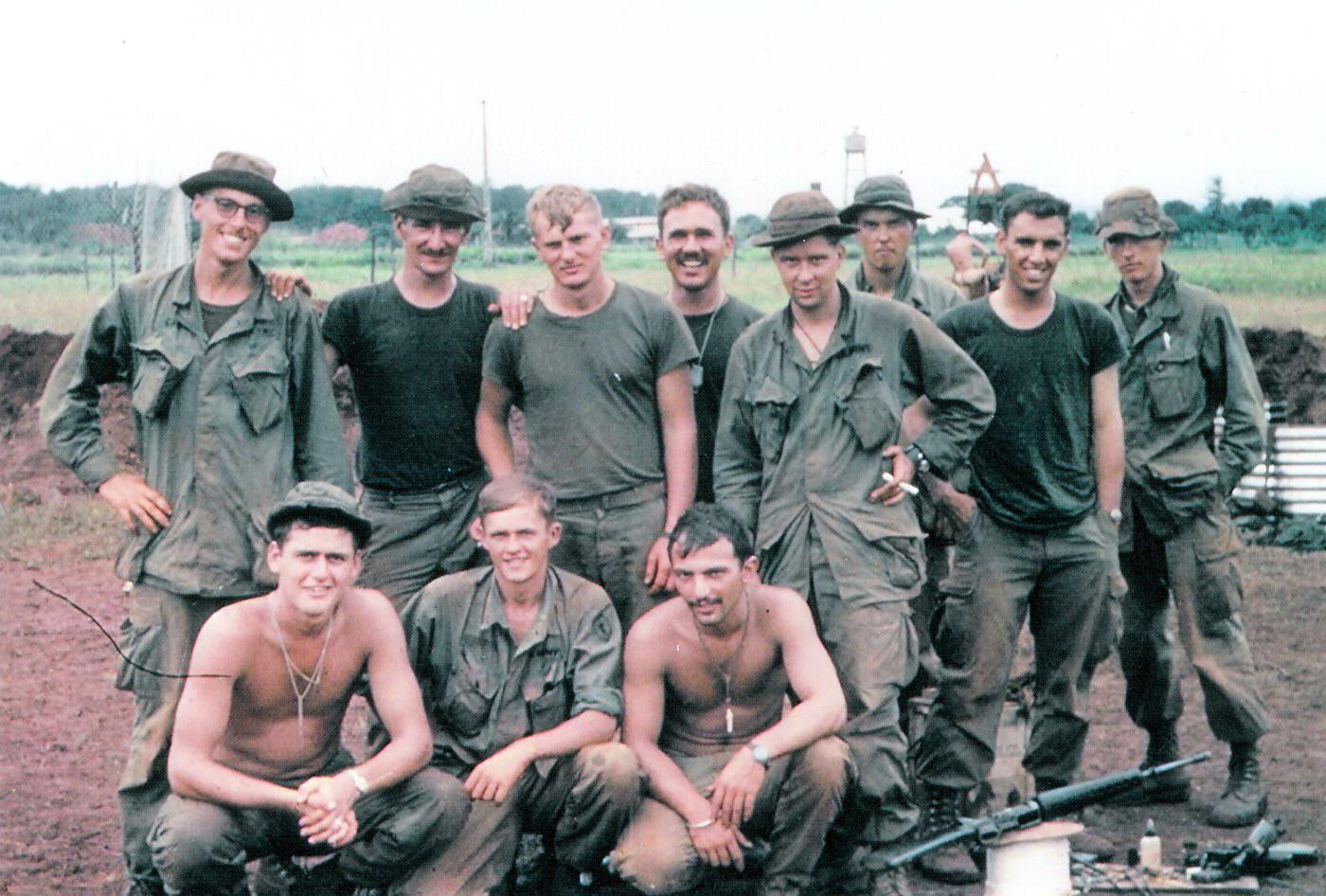
“American soldiers of Charlie Company from the 11th infantry brigade." Ronald L. Haeberle
“Charlie Company was a company, not just a hundred and some men they call a company. We operated together or not at all. We cared about each and every individual and each and every individual’s problems. This is the way that we were taught by Captain Medina to feel toward each other. We were like brothers.”
-Charles West, former member of Charlie Company
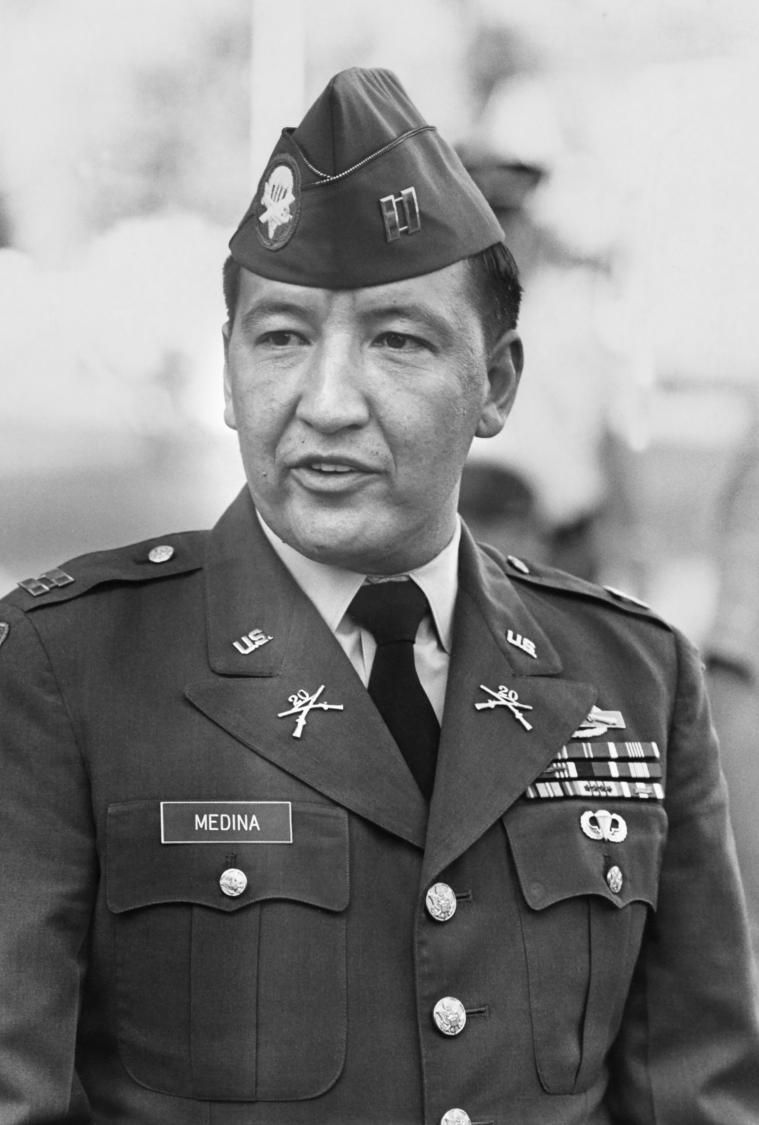
“Capt. Ernest Medina, Aug. 8, 1970.” Gary Settle / The New York Times
Charlie Company was commanded by Captain Ernest Medina, and platoon leader, Lieutenant William Calley.
“Captain Medina was a stocky, crew-cut, hard-rimmed disciplinarian whom his men called ‘Mad Dog Medina.’ Men respected him. Most of them had served under Medina since the company had formed the previous year in Hawaii."
-LIFE Magazine
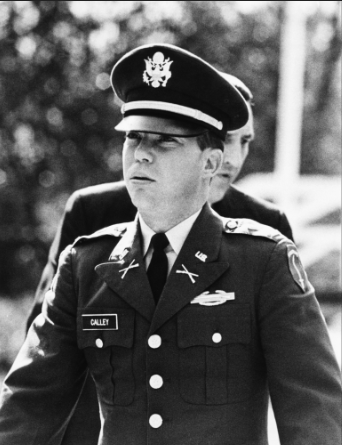
“Army Lt. William L. Calley Upon Arrival At His Pre-Trial Hearing For His Forthcoming Court-Martial.” Everett Collection

“Ron Ridenhour's letter to Congress, March 29, 1969.” Ridenhour Prizes
January 1968, Task Force Barker was stationed in Quang Ngai City. They were assembled to destroy the Vietcong 48th Battalion.
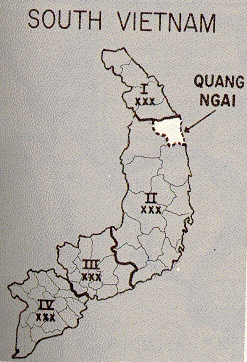
“Map of South Vietnam” UMKC School of Law
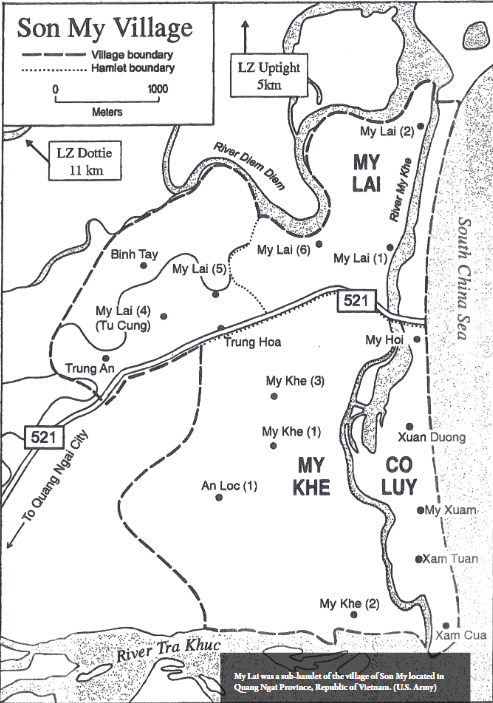
"Son My Village - My Lai was a sub-hamlet of the village of Son My located in Quang Ngai Province, Republic of Vietnam." U.S. Army
“Barker said to me on one or two occasions that he was going back into Pinkville. This 48th Battalion was a thorn in his side there, and he was going to go back in there… It just was something that had to be done before the area would be under control.”
-General Andy A. Lipscomb
Few operations had ever been mounted against the village of Son My, which was widely considered to be the staging and headquarters area for the Vietcong 48th Battalion, one of the strongest units in Quang Ngai.”
-Investigative Journalist, Seymour Hersh, 1972
In the months leading up to the massacre fifty soldiers were killed and eighty wounded.

“Ron Ridenhour's letter to Congress, March 29, 1969.” Ridenhour Prizes
“All your friends are getting killed and there is nobody to fight. So when we thought we had a chance to meet them head-on, we were pumped.”
-John Smail, former Third Platoon squad leader of Charlie Company
“Most of everything that was going on was insanity in my view. It was trying to survive. The problem is, when you step on a mine or a booby trap there’s nothing to take your anger out on. It’s not like a firefight where you get to shoot back. You can’t shoot a mine. It doesn’t really care.”
-Lawrence La Croix, former Second Platoon leader
March 1968, Task Force intelligence locates the 48th Battalion in My Lai. In reality, they were far from the village.
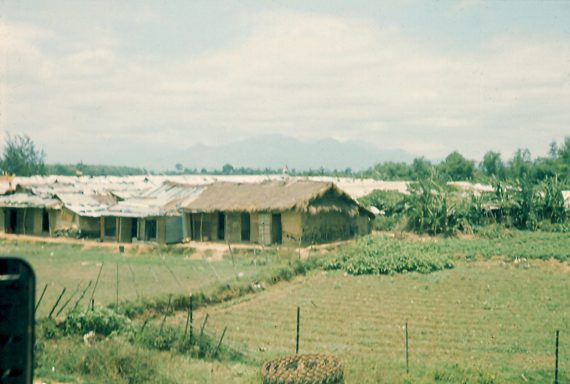
“My Lai village” Flickr
“If Barker had checked, he would have found that every intelligence desk at the provincial headquarters in Quang Ngai placed the 48th Battalion at least fifteen kilometres, or nine miles, west of the city. They would also have learned that the unit was considered to be in poor fighting condition, because it had suffered heavy losses while attacking Quang Ngai during the Tet offensive.”
-Gerald Stout, former Army intelligence officer with the Americal Division
“I would say that normally by sunrise if there were V.C. soldiers in a populated area they’d be moved out before dawn. Your women and children would be around town. Most of your male population would have moved out to their daily work.”
-First Lieutenant Clarence E. Dukes, an intelligence officer at Americal Division headquarters.
Civilians were also wrongfully expected to leave for market at 7 AM. Anyone remaining inside the village was to be considered "the enemy".
“An occupied village with any reasonable number of people, I would expect some of them to be there at any time of the day or night unless there was some other reason that they had been alerted to get out.””
-Colonel Trexler, in his testimony to the Peers Report
Soldiers were later informed of their opportunity to engage the enemy. Medina’s emphasis on revenge contributed to the belief that all villagers were targets.
“When we left the briefing, we felt we were going to have a lot of resistance and we knew we were supposed to kill everyone in the village.”
-William Lloyd, in his testimony to the Peers Commission
“He generally reviewed what was going to occur the next day, and he mentioned that it was a very important operation, and the Vietcong unit that was located in that area. They wanted to get rid of them once and for all and get them out of that area. He stressed this point, and he wanted to make sure that everybody and all the companies were up to snuff and everything went like clockwork during the operation.”
-Captain Stephen J. Gamble, commanding officer of the four-cannon artillery battery
“The desire of Colonel Barker to mount another successful operation in the area, with a high enemy body count; and the basic incompetence of many intelligence personnel in the Army—all these factors combined to enable a group of normally ambitious men to mount an unnecessary mission against a nonexistent enemy force and somehow find evidence to justify it.”
-Investigative Journalist Seymour Hersh